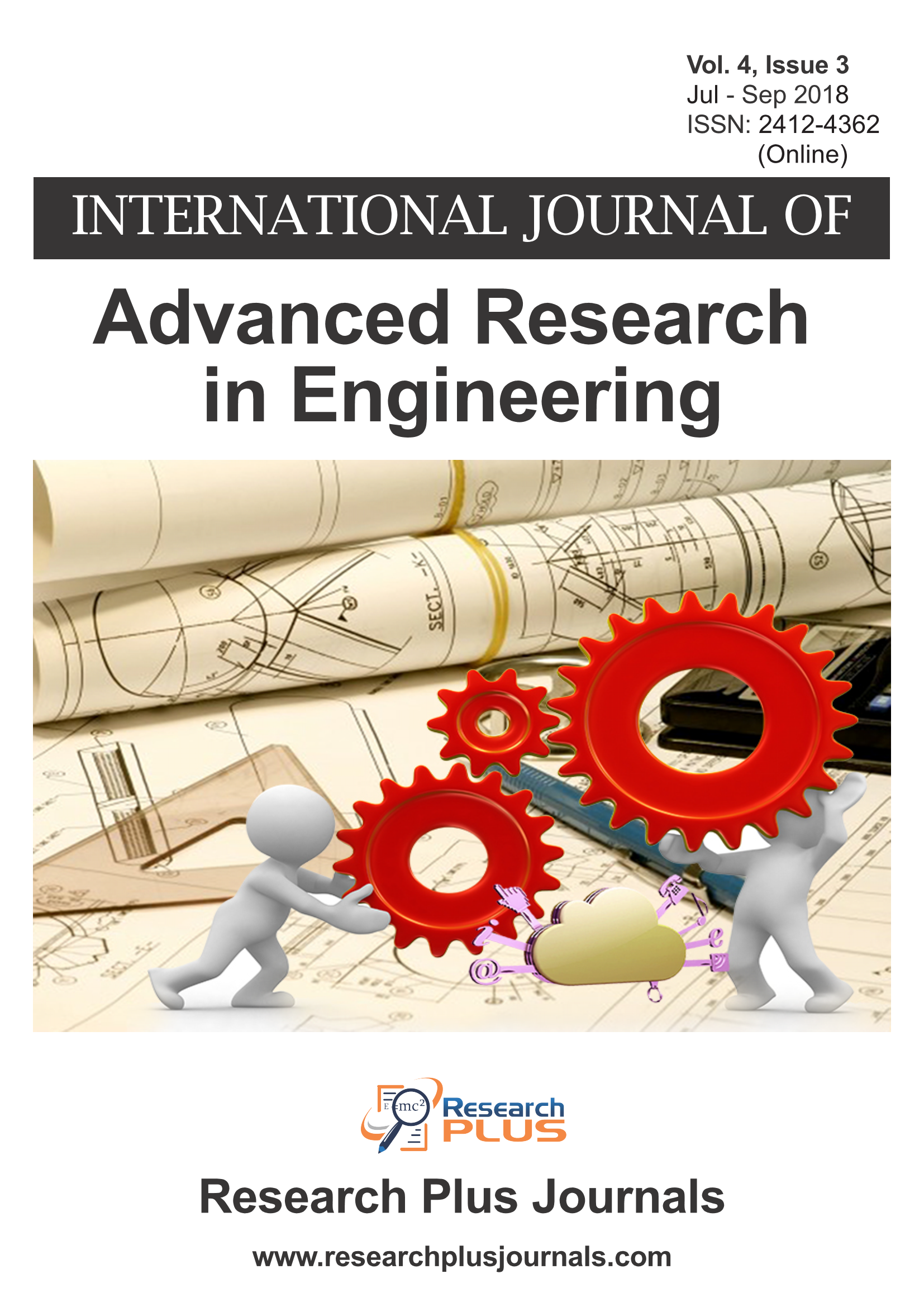Analysis of Ayyanarthu Wind Farm with and without Battery Energy Storage System
Abstract
This paper deals with the battery energy storage system is used in Ayyanarthu wind farm which analysing the variation in electrical parameters like voltage level, per unit value and power value should not vary even the battery energy storage system is applied in the windfarm and battery integrated with the windfarm can reduce the variability especially under the peak load conditions and also reduce the power quality problems, it can analyse through the simulation. DigSilent power factory tool software is used to design and analysis the windfarm the real data in windfarm for 24 hours. Battery energy storage system (BESS) is used to store the excess power because the wind is not constant, it will vary with time and natural climatic changes so that can store the power when the generation is high and the stored power can used when the power demand is high because now a days the population is high so the consumption of power is increasing and inject the surplus power to grid. This paper also highlights the need of storing power in order to strengthen the power and voltage levels. BESS further helps main three challenges i.e. smoothing the voltage levels, capacity firming and time shifting thus the battery energy storage system regulates the active power in a modern day grid.

This work is licensed under a Creative Commons Attribution-ShareAlike 4.0 International License.
Copyright & License
All Research Plus Journals (RPJ) publish open access articles under the terms of the Creative Commons Attribution (CC BY-SA 4.0) https://creativecommons.org/licenses/by-sa/4.0/ License which permits use, distribution and reproduction in any medium, provided the original work is properly cited & ShareAlike terms followed.
Copyright on any research article in a journal published by a RPJ is retained by the author(s). Authors grant RPJ a license to publish the article and identify itself as the original publisher. Upon author(s) by giving permission to RPJ either via RPJ journal portal or other channel to publish their research work in RPJ agrees to all the terms and conditions of https://creativecommons.org/licenses/by-sa/4.0/ License and terms & condition set by RPJ.
3rd party copyright
It is the responsibility of author(s) to secure all necessary copyright permissions for the use of 3rd-party materials in their manuscript.
Disclaimer
Research Plus Journals Open Access articles posted to repositories or websites are without warranty from RPJ of any kind, either express or implied, including, but not limited to, warranties of merchantability, fitness for a particular purpose, or non-infringement. To the fullest extent permitted by law RPJ disclaims all liability for any loss or damage arising out of, or in connection, with the use of or inability to use the content.
















